Me and some classmates are working on a project for school. Quick description of our current problem:
We have build a vehicle and equipped it with a Raspberry Pi and a camera. When a QR-code is placed in front of the camera, we can order the camera to take a picture of it. With the use of an external Python module (qr-tools), the Raspberry Pi can automatically decode the QR-code.
When only a (small) part of the QR-code is visible to the camera, the decoding process fails (as is expected). We'd like to know if there's an easy way to detect parts of a QR-code in an image. That way, the Raspberry Pi could reposition the vehicle so that the whole QR-code can be captured on camera.
The keyword here is 'easy'. We have a few days left to improve our current vehicle, and a solution to this problem would be a nice feature to add.
Edit: I mistakenly linked the wrong module.

